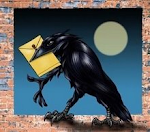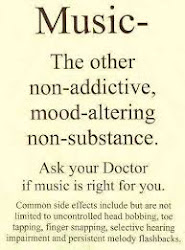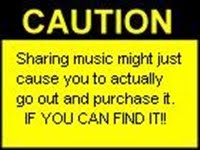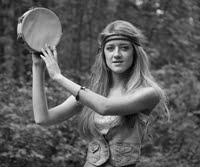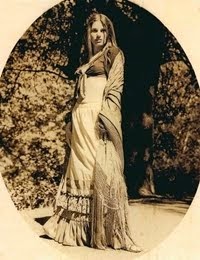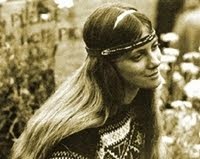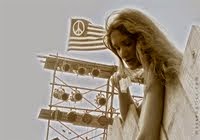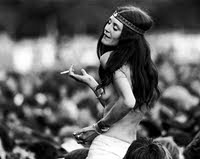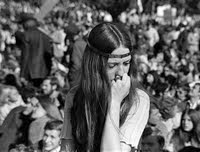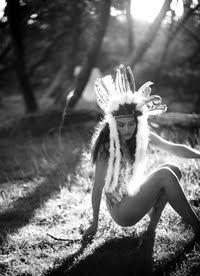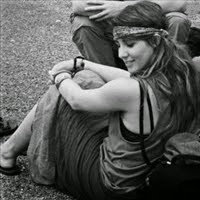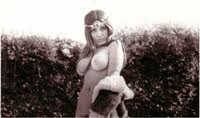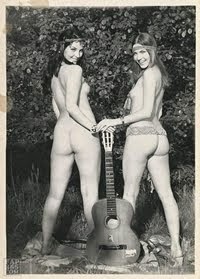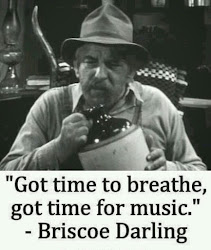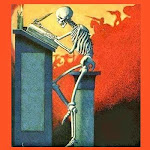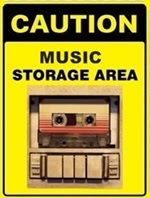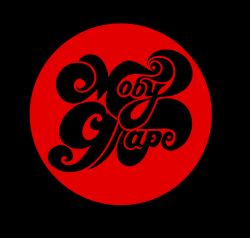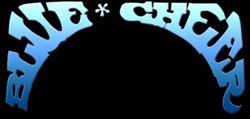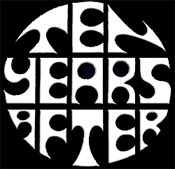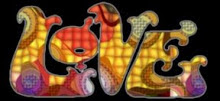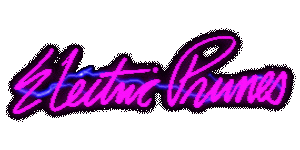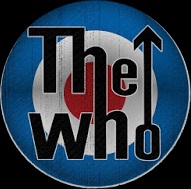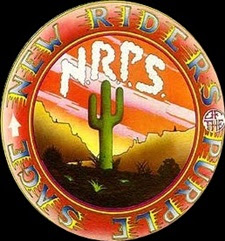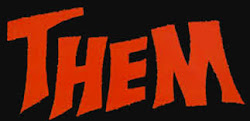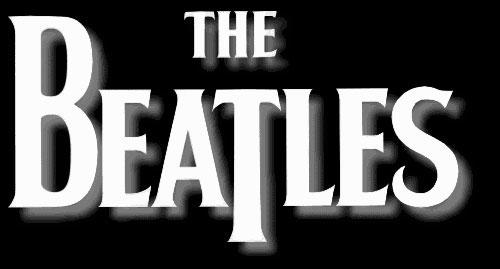THE BOTTLE ROCKETS
''SONGS OF SAHM''
FEBRUARY 19 2002
**********
1 Floataway 03:07
2 Mendocino 03:08
3 Be Real 02:33
4 At The Crossroads 05:15
5 She's About A Mover 03:49
6 Lawd, I'm Just A Country Boy In This Great Big Freaky City 03:07
7 Nitty Gritty 03:10
8 Song Of Everything 03:45
9 Sunday Sunny Mill Valley Groove Day 03:14
10 Stoned Faces Don't Lie 04:58
11 You Can't Hide A Redneck (Under That Hippy Hair) 04:04
12 I Don't Want To Go Home 03:08
13 I'm Not That Kat Anymore 03:50
All Tracks By Doug Sahm
***********
Mark Deming AMG
If there's an artist who deserves a tribute album, it's Doug Sahm, the tireless Texas groover whose Lone Star state of mind encompassed roots rock, blues, country, garage rock, norteño, psychedelia, and a countless number of spots in between over the course of a career that spanned five decades. One might have figured some bunch of Austin all-stars would have been the most likely candidates to honor Sahm on disc after his untimely passing in the fall of 1999, but the responsibility has instead fallen to those proud sons of Festus, MO, the Bottle Rockets, who take a lively stab at 13 of Sahm's compositions on their first album for Bloodshot, Songs of Sahm. The Bottle Rockets have long proven themselves a superb straight-ahead rock & roll band with a deep feeling for rough-and-tumble roadhouse country, but while those are both paths Sahm traveled, that was hardly the sum total of his accomplishment, and while there's never a moment on Songs of Sahm where you doubt that the BoRox love these songs with all their heart and soul, on a few cuts they sound as if they're playing a bit out of their league -- the easy shuffle of "Be Real" doesn't quite suit a band whose forte is stomp, the bluesy lament of "At the Crossroads" is a few notches too slow for comfort, and "Sunday Sunny Mill Valley Groove Day" sure sounds goofy coming from a band with no outwardly hippielike tendencies. Also, producer Lou Whitney doesn't get this band's power on tape with the same élan as Eric "Roscoe" Ambel. But, for the most part, Sahm's tunes fit the Bottle Rockets better than you'd have any right to expect, and this album's best moments are superb, especially the hard rock groove of "Floatway," the manic rave-up on "I'm Not That Kat Anymore," and the deathless "Lawd, I'm Just a Country Boy in This Great Big Freaky City." One hopes that Brian Henneman has another batch of quality originals on deck for the Bottle Rockets' next album, but Songs of Sahm is not only a fitting tribute to one of alt-country's primal influences, it's a healthy dose of rockin' country and lots of fun.
BIOGRAPHY/AMG
Jason Ankeny
Festus, Missouri's Bottle Rockets ranked as one of the leading lights of the 1990s roots rock revival, thanks to a sound that bypassed the punk heritage proudly upheld by most of the band's contemporaries in favor of a redneck fusion of Southern boogie, country-folk, and crunching rock & roll. The group was fronted by singer/guitarist Brian Henneman, a Missouri native who formed his first band, Waylon Van Halen & the Ernest Tubbadours, in 1977 with friends Tom and Bob Parr. After a succession of names and a steady rise in musical competence, the threesome began landing club dates both locally and in Illinois, where they became friends with the young Jay Farrar and Jeff Tweedy, who would later start Uncle Tupelo.
In 1985, the trio was playing straight-ahead honky tonk under the guise of Chicken Truck (so named in honor of the John Anderson song) with a new drummer, Mark Ortmann. Instead of giving in to local crowds who wanted to hear covers rather than originals, the bandmembers focused solely on performing their own material, which they began roughing up with a Crazy Horse-like edge. Shortly after frequent tour mates Uncle Tupelo signed a 1990 record deal, however, internal problems led Chicken Truck to disband; while the Parrs returned to civilian jobs, Ortmann moved to Nashville to become a session player, and Henneman became a roadie with Uncle Tupelo, even playing on their March 16-20, 1992 album.
During his roadie days, Henneman recorded a demo tape of new material, which Tupelo manager Tony Margherita began discreetly shopping around. After cutting a solo single backed by Farrar and Tweedy, he re-formed his old band with Ortmann on drums, Tom Ray on guitar, and Robert Kearns on bass, renaming the outfit the Bottle Rockets. After a 1993 self-titled effort, a year later the band issued its second independent LP, The Brooklyn Side, named after a bowling term. A portrait of life in rural blue-collar America, The Brooklyn Side was the subject of lavish critical praise, and the positive notices led to the band signing with a major label, Atlantic, which promptly reissued the
album
Shakeups at the label led to delays in the release of their next album, 1997's 24 Hours a Day, and when the album sold poorly, the Bottle Rockets were dropped. In 1998 they signed with the small Doolittle label and released an odds-and-ends EP, Leftovers; by the time they completed their next album, 1999's Brand New Year, the label had gained major-label distribution, but that deal proved to be short-lived, and in 2000 the Bottle Rockets were once again without a label. In 2001 they signed a deal with alt-country trailblazers Bloodshot Records; their first album for the label, a tribute to Doug Sahm, was released early the following year. Tom Ray left the Bottle Rockets in 2002, and the band moved ahead as a three-piece, signing yet another new record deal -- this time with Sanctuary -- in 2003, and releasing a new album, Blue Sky, in the fall of that year. Zoysia arrived on Bloodshot Records in 2006, followed by Lean Forward in 2009.
Not So Loud: An Acoustic Evening
In 2011 the band released Not So Loud: An Acoustic Evening, which was recorded in an old schoolhouse and featured material drawn from all eras of the band's history. By now, the group once again had a stable lineup, with Henneman and Ortmann joined by guitarist John Horton and bassist Keith Voegele. In 2012 the Bottle Rockets teamed up with Marshall Crenshaw for a series of tour dates, with the Bottle Rockets playing a full set as openers and then backing Crenshaw for the second half of the show. In 2013 Bloodshot brought out a deluxe reissue of the Bottle Rockets' first two albums, accompanied by rare bonus material and endorsements from a handful of well-known fans. As the Bottle Rockets continued to play short tours with Crenshaw, they began previewing new material in their sets, and in October 2015 they released a new album produced by Eric "Roscoe" Ambel, South Broadway Athletic Club.
**********
Brian Henneman/Guitar, Vocals
Robert Kearns/Bass, Organ, Vocals, Wurlitzer
Matt Netzer/Handclapping, Vocals
Mark Ortmann/Bongos, Claves, Cowbell, Drums, Maracas, Tambourine
Tom Parr/Clarinet, Guitar, Guitar (Acoustic)
Lou Whitney/Guitar (Acoustic) On 3
Dudley Bron/Organ On 9
**********


